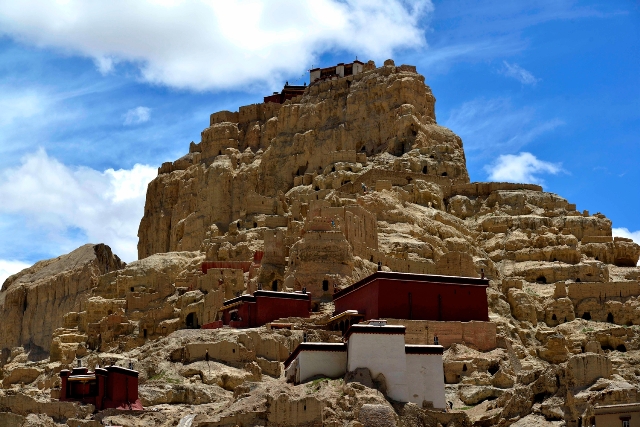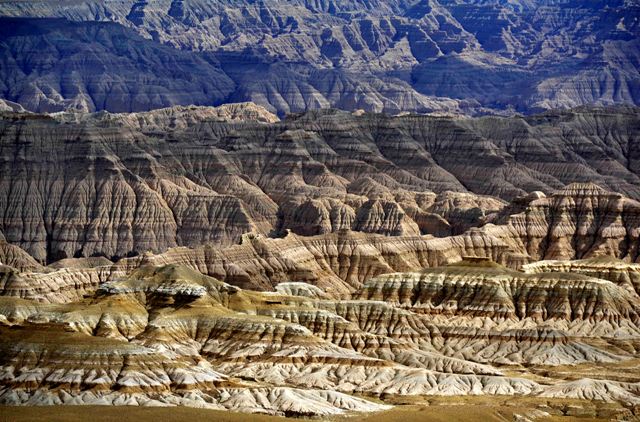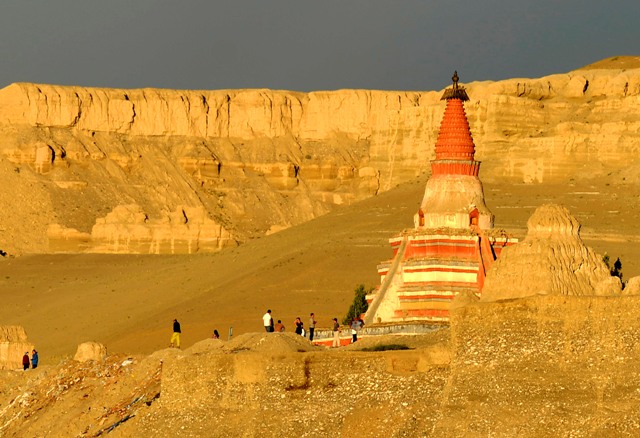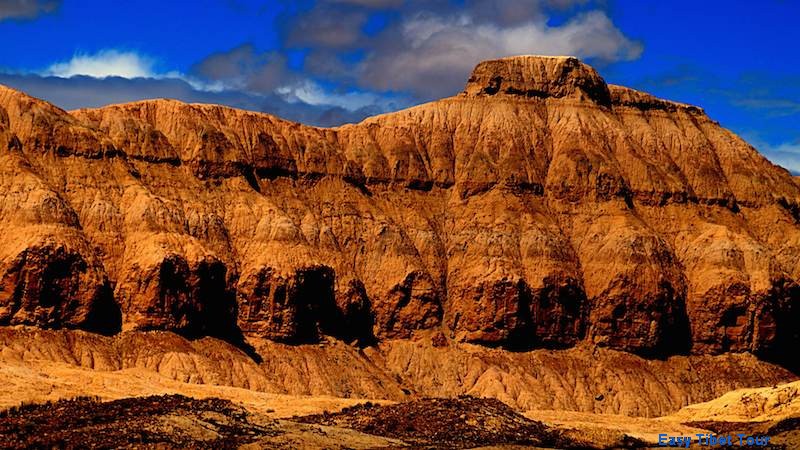 Sonam tsering (indigenous guide)
Sonam tsering (indigenous guide)I was born and grew up in Lhasa. For last six years experiences of been a tour guide, I came to realised that education counts, especially being a Tibetan……
 Nyima (local tour guide)
Nyima (local tour guide)Nyima was born in a nomadic family in eastern part of Tibet. Nyima has been a tour guide for more than 8 years and he had travelled every corner in……
 Sonam(local tour guide)
Sonam(local tour guide)HSonam was born in a small village in Lunchup County which is near by Lhasa. He studied 5 years in Tong Khar Language School in Lhasa, and got average 70 percent……
 Pasang (local tour guide)
Pasang (local tour guide)Pasang was born in Lhasa, and she is reliable, highly motivated person with a light-hearted manner. She studied English in a language school in mainland for four years and got English guide license several years ago……
Review from Lovella (Canadian)
Name of the Tour:Ancient City to Namtso Tour
Thank you very much for arranging Penpa as our guide. He has been extremely helpful and has made our stay here in Tibet a most memorable and wonderful experience. Penpa is very kind, honest and well informed.
Date:15-08-14
Review from Frances& Erin (American)
Name of the Tour:Exploration of Mountain Everest and Namtso Lake Tour
Review: Our tour guide is honest and reliable, he can do magic tricks,sing,play guitar and take beautiful pictures. So he is multi-talented :)
Date:6-08-14
Review from May (British)
Name of the Tour:Exploration of Mountain Everest and Namtso Lake Tour
Dear Saturday,
Thank you very much for all of your efforts. We really appreciate it. All the best.
Date:22-06-14
Review from Bill (Canadian)
Name of the Tour:Exploration of Mountain Everest and Namtso Lake Tour
Dear Saturday,
Because of your wonderful tour we were able to have a great time in Tibet,we learned more things and have wonderful memories. Thank you so much for your friendly and amazing work. We love Tibet!
Date:11-07-12
Review from Marc Bourgeois (French)
Name of the Tour: Holy City to Yamdrok Lake Tour
The guide was awesome,he make the temple and monastery more interesting,he was nice with us! Thank you Penpa!
Date:15-08-14
Ngari Guge Ruins
- Description
Prev: Mount Kailash
Next: Lake Manasarovar
- Lake Manasarovar2014-8-19
- Ngari Guge Ruins2014-7-3
- Mount Kailash2014-7-3




